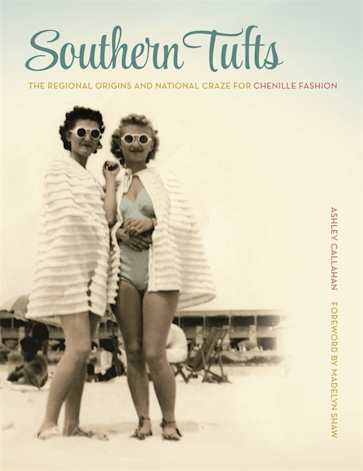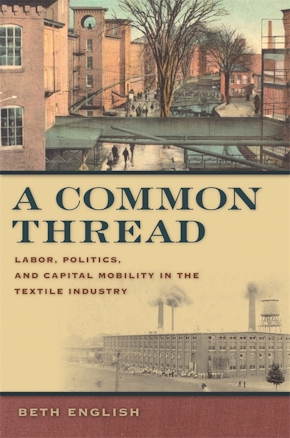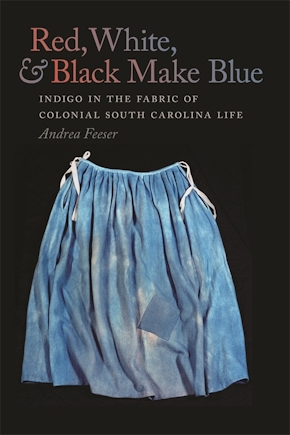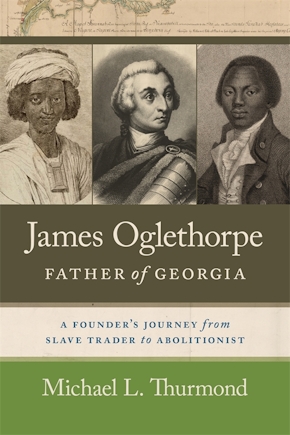Southern Tufts
The Regional Origins and National Craze for Chenille Fashion
Title Details
Pages: 248
Illustrations: 171 color and b&w images
Trim size: 7.000in x 9.000in
Formats
Hardcover
Pub Date: 12/01/2015
ISBN: 9-780-8203-4516-1
List Price: $41.95
Subsidies and Partnerships
Published with the generous support of Shaw Industries
Related Subjects
BUSINESS & ECONOMICS / Industries / Fashion & Textile Industry
ANTIQUES & COLLECTIBLES / Textiles & Costume
HISTORY / United States / State & Local / South (AL, AR, FL, GA, KY, LA, MS, NC, SC, TN, VA, WV)
Other Links of Interest
• Learn more about chenille bedspreads at the New Georgia Encyclopedia
Southern Tufts
The Regional Origins and National Craze for Chenille Fashion
Peacock kimonos, shrimp capes, and Roy Rogers robes—southern tufted garments on the national fashion scene
Skip to
- Description
- Reviews
- Awards
Southern Tufts is the first book to highlight the garments produced by northwestern Georgia’s tufted textile industry. Though best known now for its production of carpet, in the early twentieth century the region was revered for its handtufted candlewick bedspreads, products that grew out of the Southern Appalachian Craft Revival and appealed to the vogue for Colonial Revival–style household goods. Soon after the bedspreads became popular, enterprising women began creating hand-tufted garments, including candlewick kimonos in the 1920s and candlewick dresses in the early 1930s. By the late 1930s, large companies offered machine-produced chenille beach capes, jackets, and robes. In the 1940s and 1950s, chenille robes became an American fashion staple. At the end of the century, interest in chenille fashion revived, fueled by nostalgia and an interest in recycling vintage materials.
Chenille bedspreads, bathrobes, and accessories hung for sale both in roadside souvenir shops, especially along the Dixie Highway, and in department stores all over the nation. Callahan tells the story of chenille fashion and its connections to stylistic trends, automobile tourism, industrial developments, and U.S. history. The well-researched and heavily illustrated text presents a broad history of tufted textiles, as well as sections highlighting individual craftspeople and manufacturers involved with the production of chenille fashion.
—Philis Alvic, author of Weavers of the Southern Highlands
—Dale Couch, Curator of Decorative Arts, Georgia Museum of Art
—Pamela A. Parmal, author of Women's Work: Embroidery in Colonial Boston
—Suzanne Van Atten, Atlanta Journal-Constitution
Winner
Award for Excellence in Research, Georgia Historical Records Advisory Council
Winner
Lilla M. Hawes Award, Georgia Historical Society



